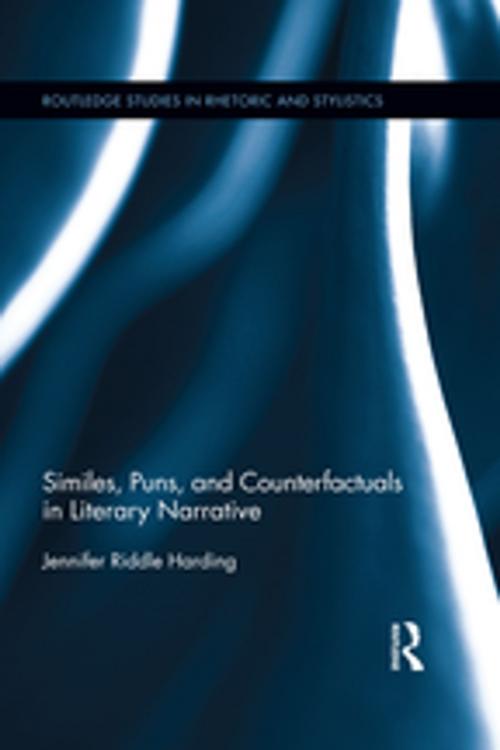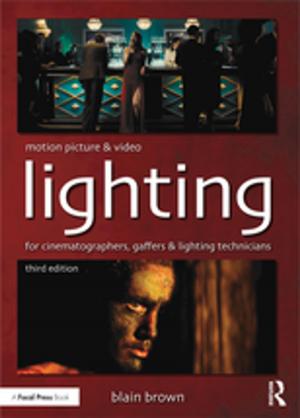Similes, Puns and Counterfactuals in Literary Narrative
Visible Figures
Nonfiction, Reference & Language, Language Arts, Public Speaking, Rhetoric, Linguistics, Fiction & Literature, Literary Theory & Criticism| Author: | Jennifer Riddle Harding | ISBN: | 9781317401926 |
| Publisher: | Taylor and Francis | Publication: | April 21, 2017 |
| Imprint: | Routledge | Language: | English |
| Author: | Jennifer Riddle Harding |
| ISBN: | 9781317401926 |
| Publisher: | Taylor and Francis |
| Publication: | April 21, 2017 |
| Imprint: | Routledge |
| Language: | English |
In this study, Jennifer Riddle Harding presents a cognitive analysis of three figures of speech that have readily identifiable forms: similes, puns, and counterfactuals. Harding argues that when deployed in literary narrative, these forms have narrative functions—such as the depiction of conscious experiences, allegorical meanings, and alternative plots—uniquely developed by these more visible figures of speech. Metaphors, by contrast, are often "invisible" in the formal structure of a text. With a solid cognitive grounding, Harding’s approach emphasizes the relationship between figurative forms and narrative effects. Harding demonstrates the literary functions of previously neglected figures of speech, and the potential for a unified approach to a topic that crosses cognitive disciplines. Her work has implications for the rhetorical approach to figures of speech, for cognitive disciplines, and for the studies of literature, rhetoric, and narrative.
In this study, Jennifer Riddle Harding presents a cognitive analysis of three figures of speech that have readily identifiable forms: similes, puns, and counterfactuals. Harding argues that when deployed in literary narrative, these forms have narrative functions—such as the depiction of conscious experiences, allegorical meanings, and alternative plots—uniquely developed by these more visible figures of speech. Metaphors, by contrast, are often "invisible" in the formal structure of a text. With a solid cognitive grounding, Harding’s approach emphasizes the relationship between figurative forms and narrative effects. Harding demonstrates the literary functions of previously neglected figures of speech, and the potential for a unified approach to a topic that crosses cognitive disciplines. Her work has implications for the rhetorical approach to figures of speech, for cognitive disciplines, and for the studies of literature, rhetoric, and narrative.















